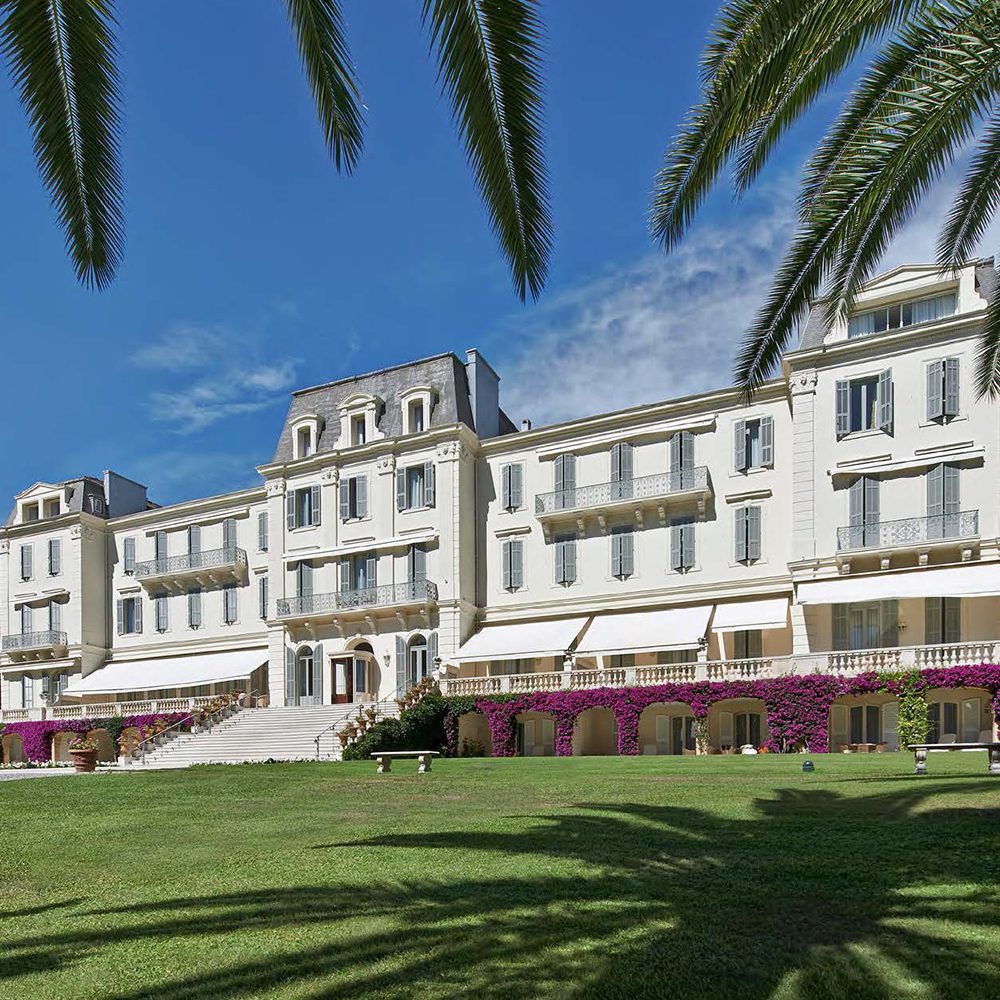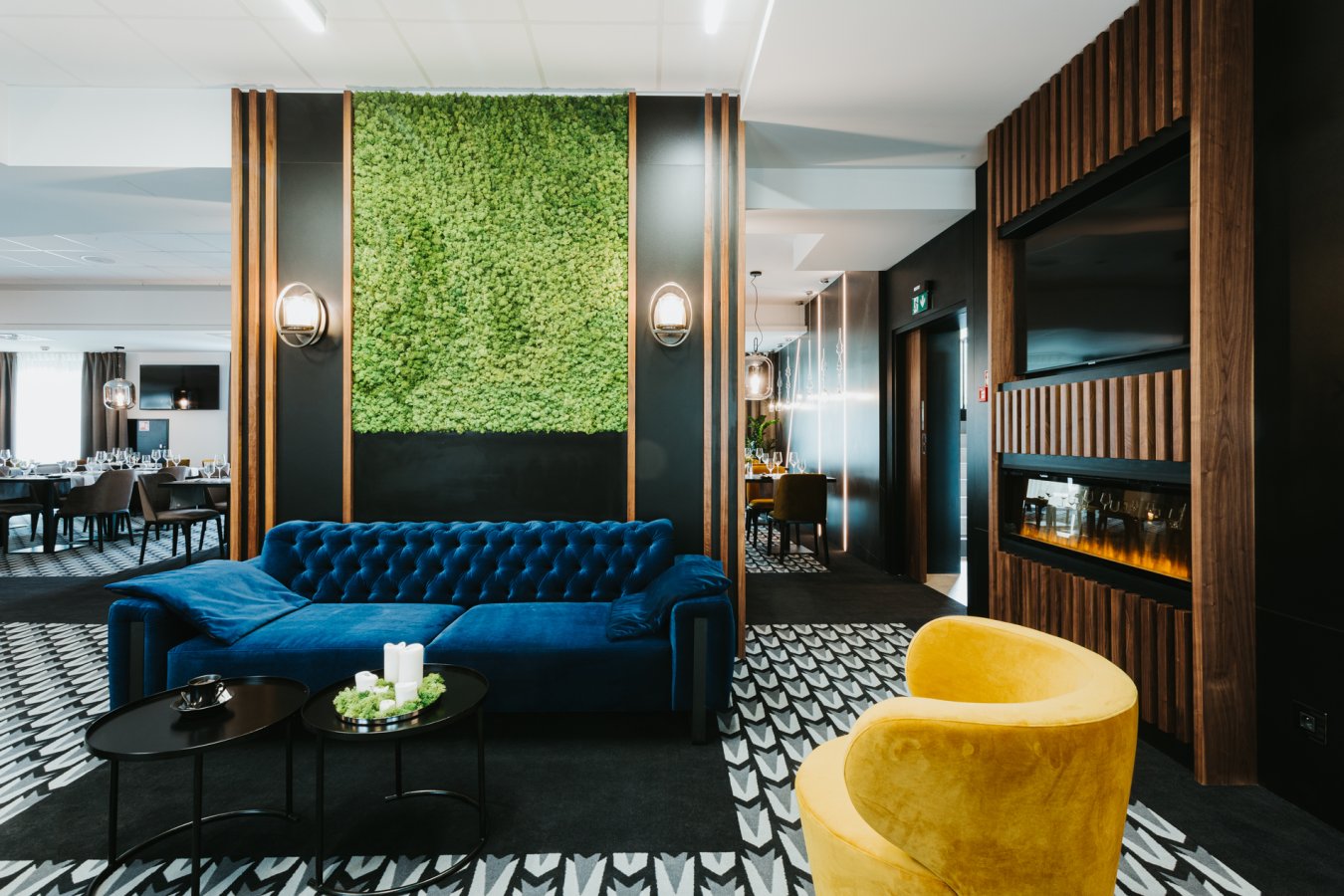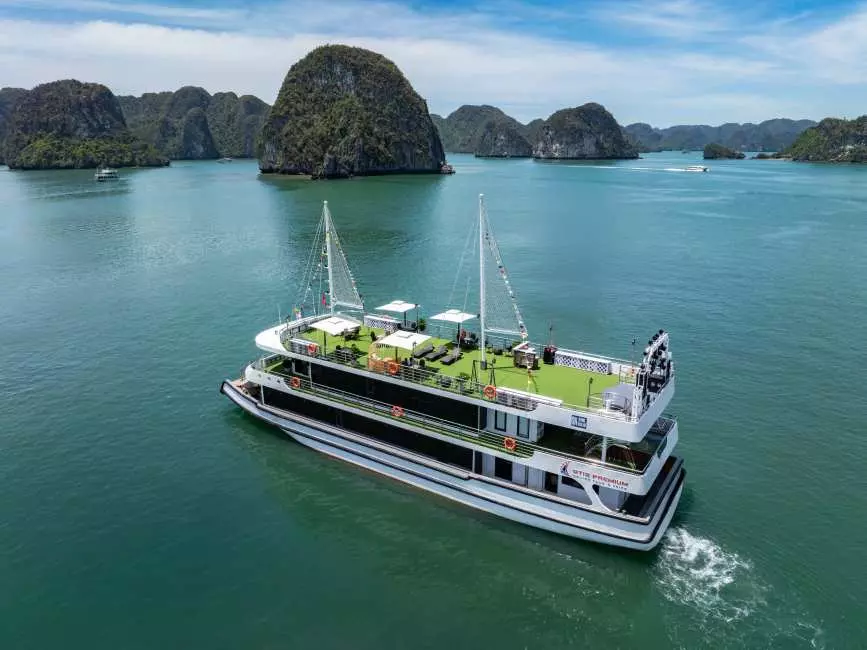We return to the mystical Cote d’Azur in search of the passion, the glamour, the mystery and the romance.
“When your eyes first fall upon the Mediterranean you know at once why it was here that man first stood erect and stretched out his arms toward the sun. It is a blue sea; or rather it is too blue for that hackneyed phrase which has described every muddy pool from pole to pole. It is the fairy blue of Maxfield Parrish’s pictures; blue like blue books, blue oil, blue eyes, and in the shadow of the mountains a green belt of land runs along the coast for a hundred miles and makes a playground for the world.” — F. Scott Fitzgerald, How to Live on Practically Nothing A Year, The Saturday Evening Post, September 1924
The sea churns endlessly, noiselessly, a ceaseless revolution gnawing at the shore below. Over and over, gasping with each last breath. The night air is heavy, sticky, dripping with the scent of pine, of gardenia. It clings to the body, a dusky robe hung about the shoulders. One wears it like a second skin.
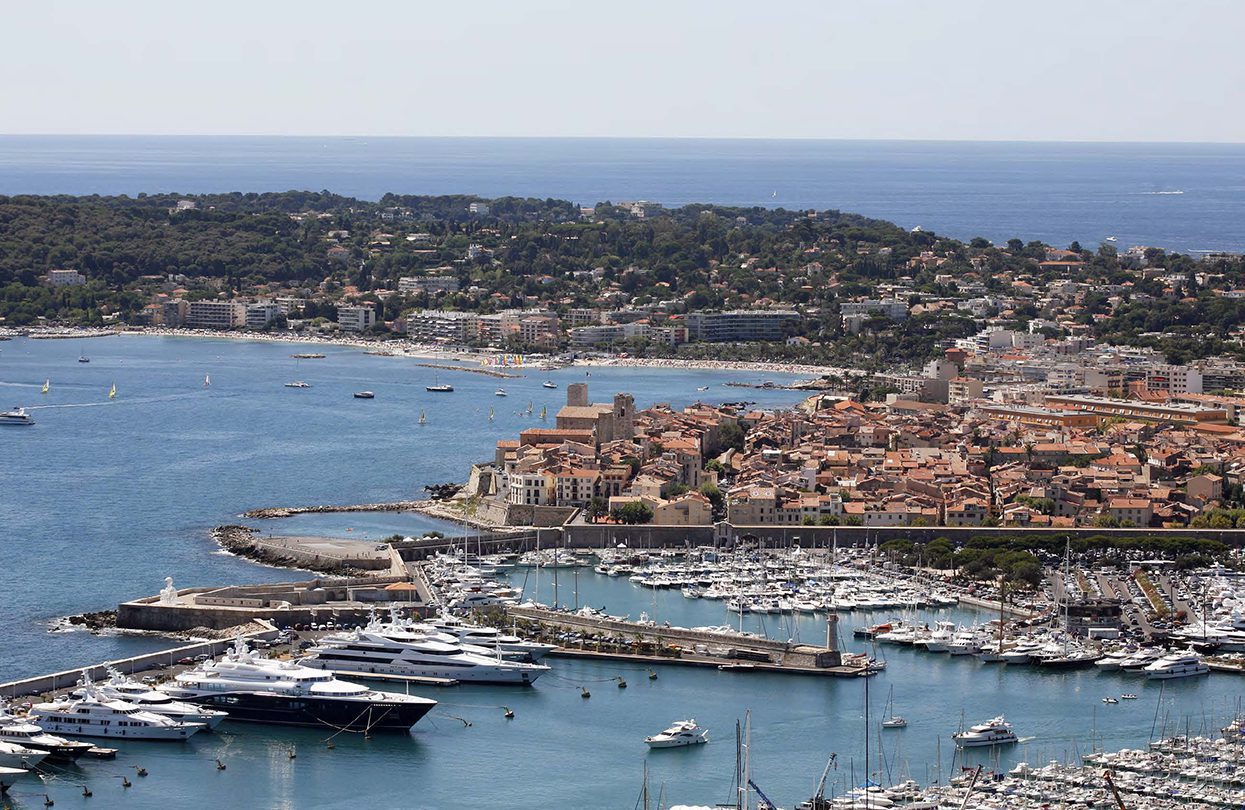
Port Vauban in Antibes
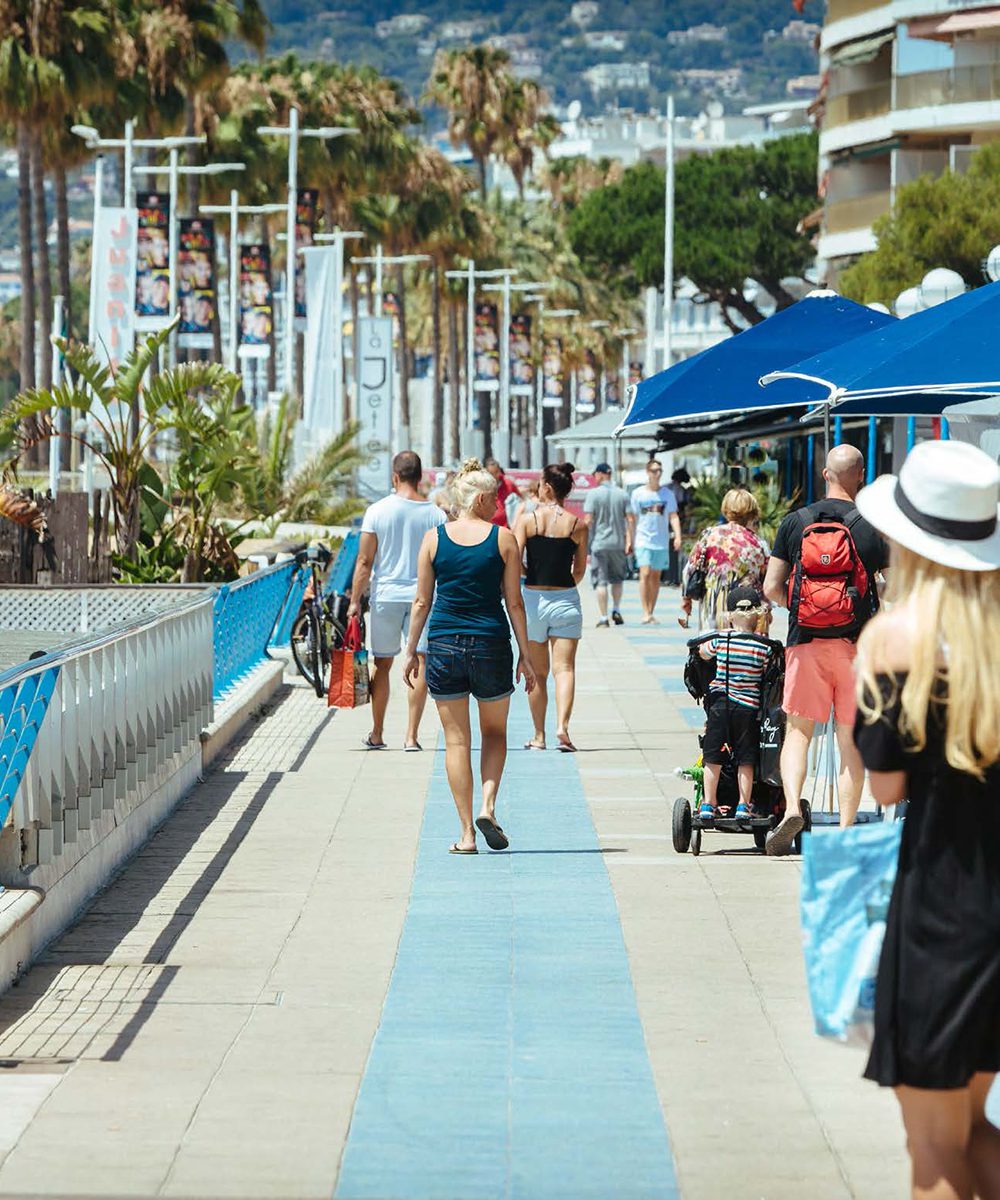
Far across the Baie des Anges, the gleaming lights of Nice blink steadily, soundlessly in the moonlight. To the southwest lie waspish Cannes and the apricot-hued hullabaloo of St Tropez. In the centre lies the Cap d’Antibes, a rocky, pine-clad, peninsula mired in hazy nostalgia. This was Scott’s playground, the mythic stretch of coastline defined by him as the ‘diffused magic of the hot sweet South … the soft-pawed night and the ghostly wash of the Mediterranean far below”.
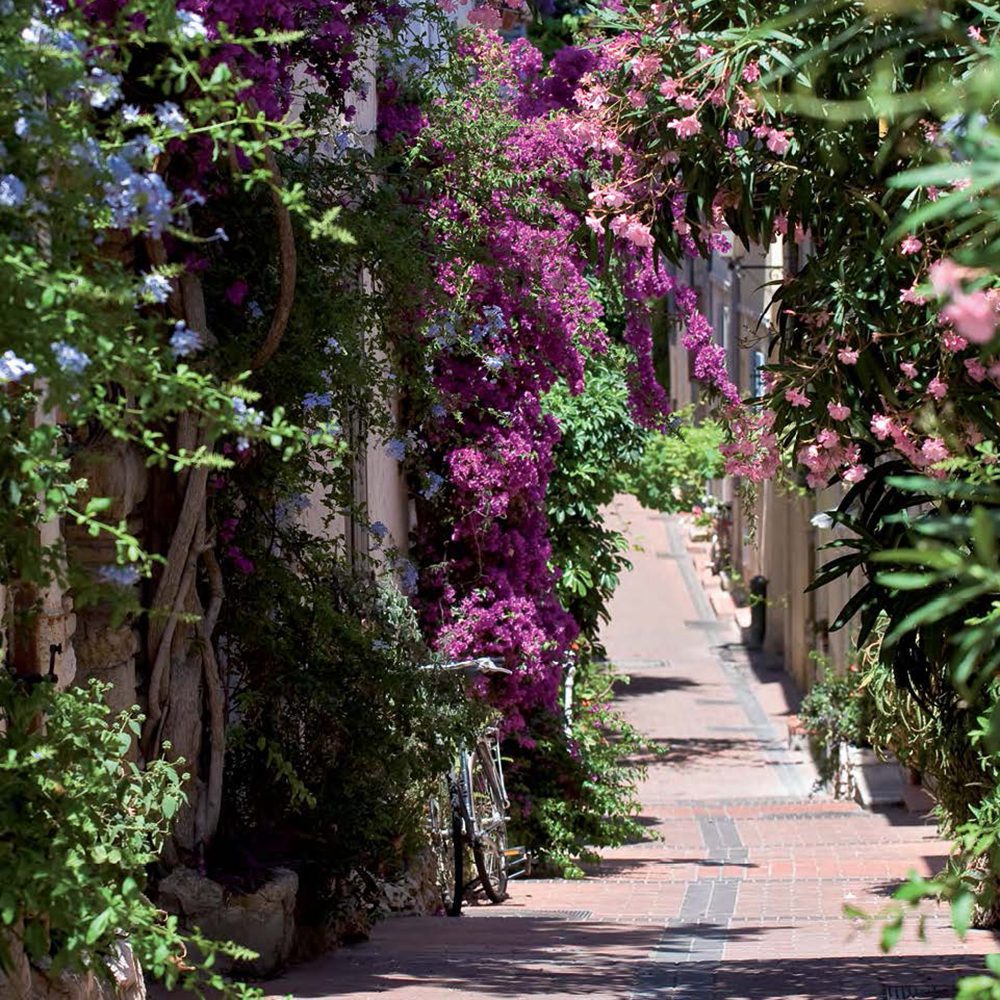
It is 100 years since F. Scott Fitzgerald wrote his first book. This Side of Paradise was a Jazz Age hit and rendered Scott a star of the literary world. It also left him near-bankrupt, and when he and his daring, reckless, wife Zelda escaped to the Cote d’Azur, baby Scottie in tow, it was to live cheaply, simply. “We were going to the Old World to find a new rhythm to our lives,” Scott wrote, in How to Live on Practically Nothing a Year, his later article for The Saturday Evening Post. “With a true conviction that we had left our old selves behind forever.”
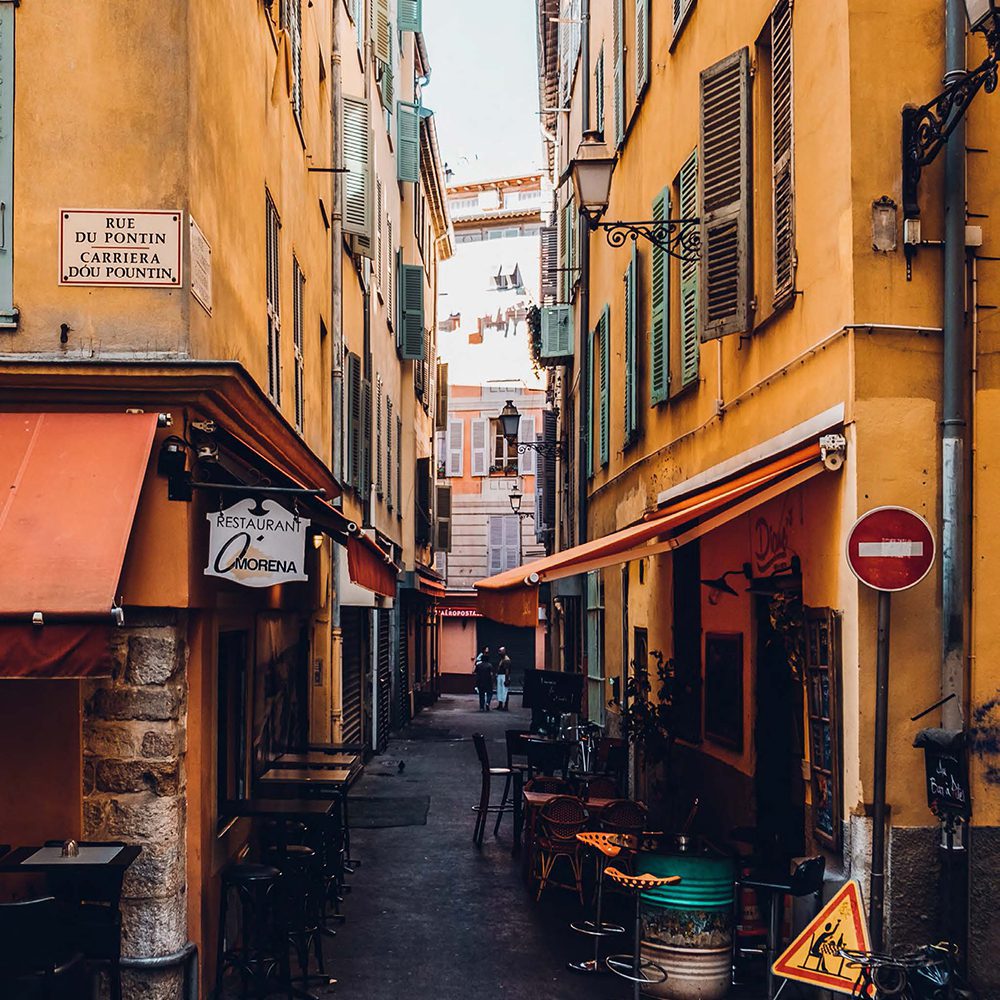
Scott and Zelda, seeking peace and tranquillity, had no idea they were about to be swept up into a gleaming, glittering social whirlwind, a gilded vortex that revolved around America’s brightest young emigreés, Gerald and Sara Murphy.
The Murphys had moved to France on a whim, fleeing the constraints of their wealthy, conservative families and seeking the ‘cultural nourishment’ of 1920s France. This was the Jazz Age, and France was awash with creative types. The liberal and irrepressibly social Murphys became synonymous with a world where, Scott would later remark, “whatever happened seemed to have something to do with art.”
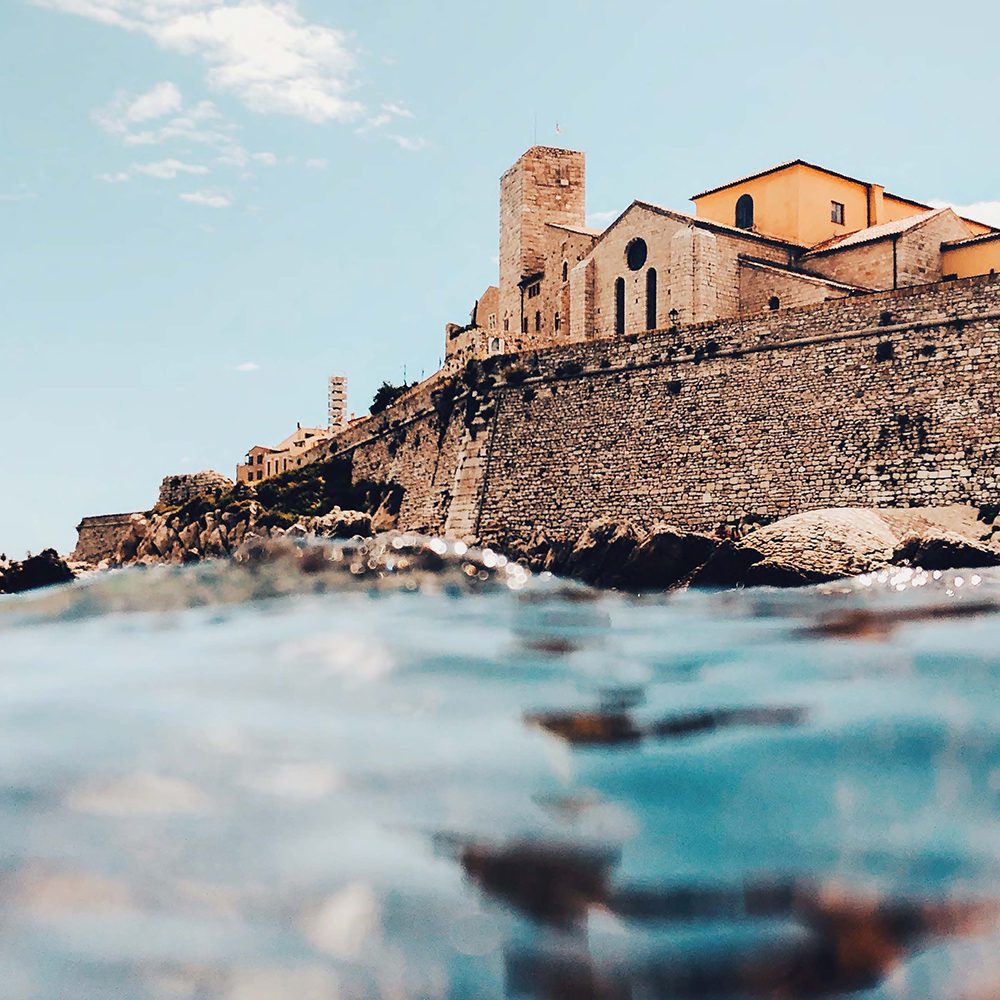
Introduced to Antibes in 1922 by Cole Porter – “it was hot, hot summer, but the air was dry, and it was cool in the evening, and the water was that wonderful jade-and-amethyst color” – Gerald and Sara bought Villa America, an Art Deco mansion on the Cap. While the villa was being renovated, the Murphys holed up at the Hotel du Cap, a handsome winter retreat whose owners they persuaded to remain open for the summer. “At that time no one ever went near the Riviera in summer,” recalled Gerald Murphy. “The English and Germans—there were no longer any Russians—who came down for the short spring season closed their villas as soon as it began to get warm. None of them ever went in the water, you see.” Stumbling across the bijou Plage de la Garoupe – ‘a bright tan prayer rug of a beach’ – the Murphys and Cole Porter set about clearing it of seaweed, eventually coming to colonise it day after day with an exotic farrago of cultured friends.
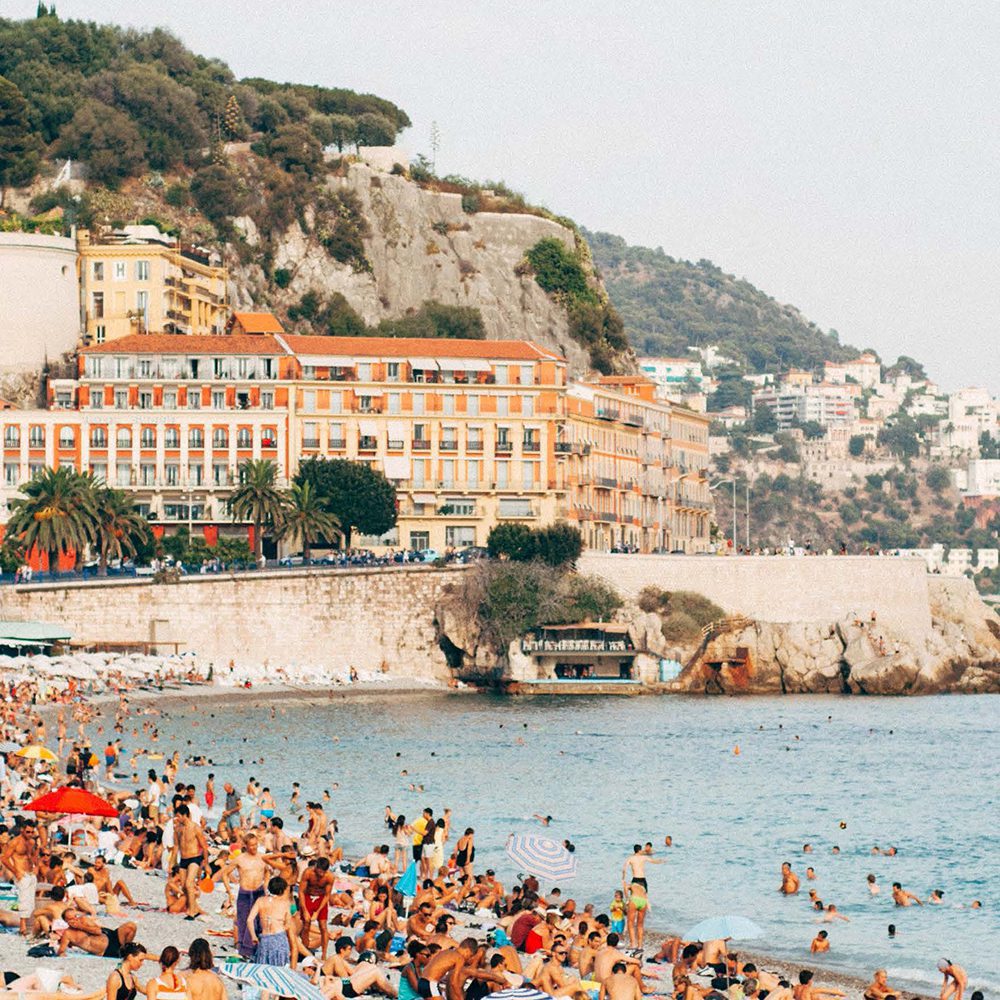
Luminaries drawn to their magnetic orbit included the likes of Count and Countess de Beaumont, whose splendid Villa Eilenroc was just around the headland; Pablo Picasso and his ballerina wife, Olga; the silent movie icon Rudolf Valentino, Gertrude Stein, Ernest Hemingway and of course – Zelda and F. Scott Fitzgerald, who would come to immortalise Gerald and Sara as Dick and Nicole Diver in Tender is the Night.
By day the group were clothed in barely-there swimsuits and peasant-style straw hats (Gerald invented the term ‘sunbathing’), draped languorously on patchwork quilts and French linens. By night they threw wild parties at Villa America, drinking and dancing until dawn on the moonlit terrace. Among the mayhem, they had inadvertently invented the summer season on the Riviera.
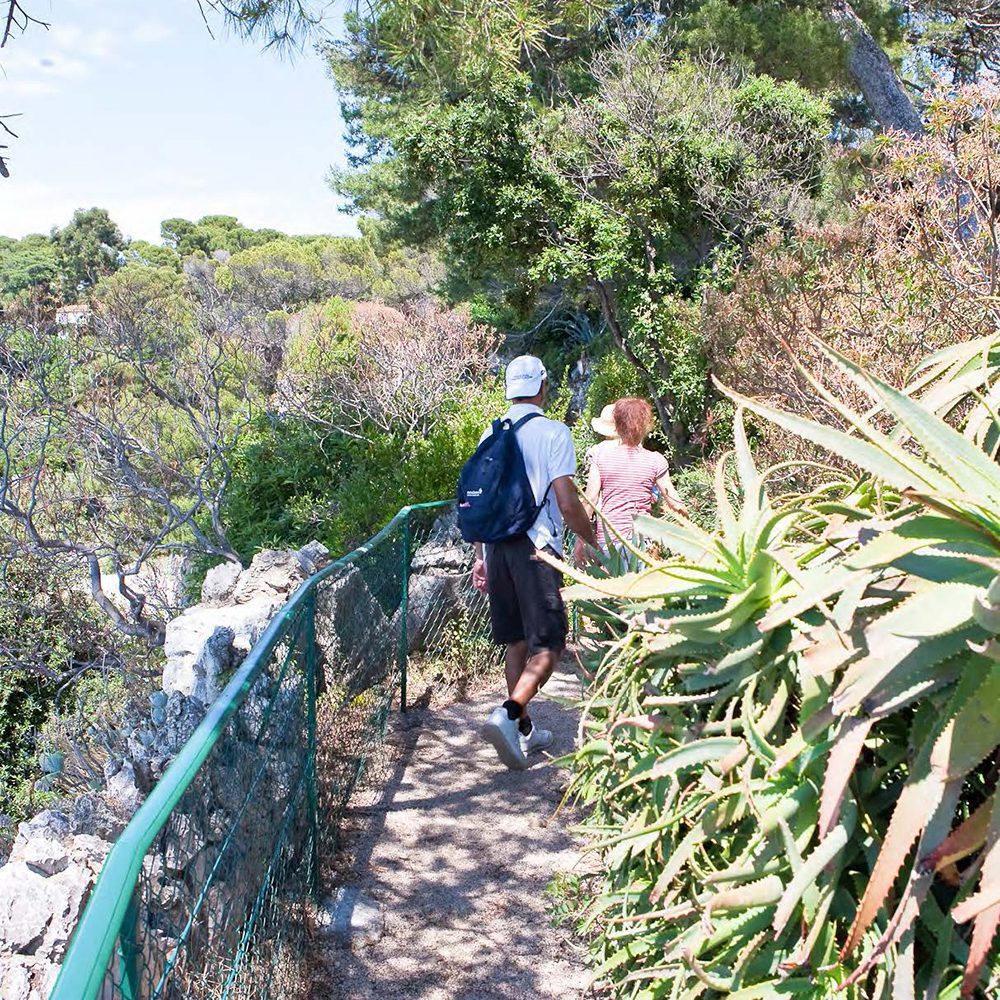
The Halcyon days ended abruptly in 1929, the Murphys drawn back to America in the wake of personal tragedy and Zelda diagnosed with schizophrenia. Years later, upon hearing of the death of their son, Patrick, Fitzgerald wrote a bittersweet note to his old confidantes. “Dearest Sara and Gerald, the telegram came today and the whole afternoon was so sad with thoughts of you and the past and the happy times we once had […] The golden bowl is broken indeed, but it was golden…”
WHERE TO FIND FITZGERALD’S RIVIERA
The Murphys are long gone, but La Garoupe is still the plage du jour for the Cap D’Antibes’ demi-monde. Today’s sunbathers laze languidly beneath the yellow striped parasols of Plage Keller, a chi-chi beach club where langoustine pasta enjoys a formidable reputation. Rows of canary-yellow sunbeds tempt the afternoon idler, but for those with bags of energy, one of the Cap’s best-kept secrets awaits.
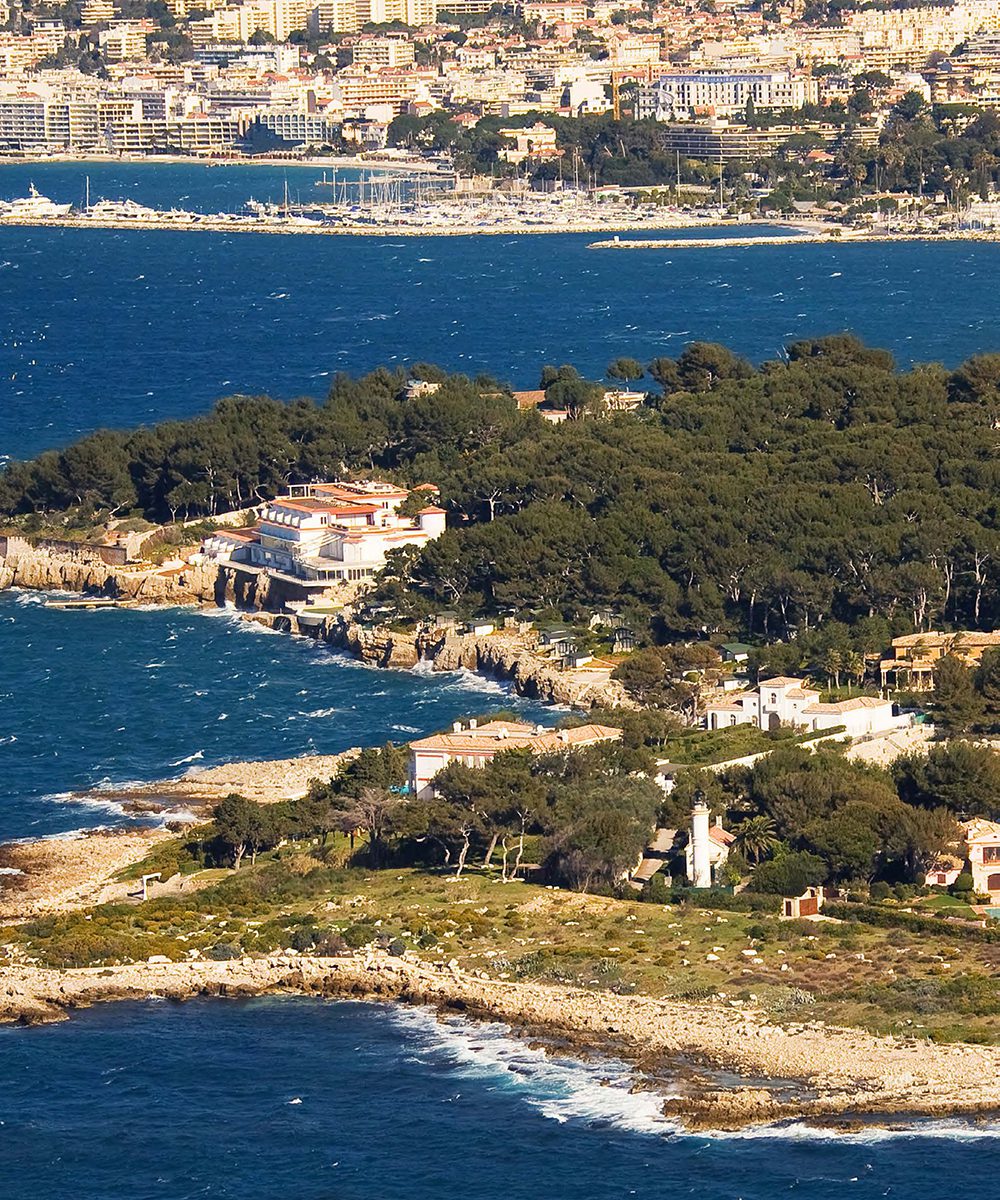
Follow the signposts at the southern tip of the beach onto a pine-shaded footpath that quickly opens out into a panoramic walkway. This twisting path is the Sentier de Tire-Poil, a coastal walkway of staggering beauty. Clinging to the rocky headland it passes beneath the camera-clad walls of some of France’s most sumptuous real estate. The path is around 3.5 kilometres in length and ends at Villa Eilenroc, the former home of the Murphy’s old pals, the Beaumonts, who bequeathed the magnificent Belle Époque estate to the City of Antibes. Sweeping Mediterranean grounds tumble seaward from the building’s colonnaded portico, past rose gardens and water-spouting cherubs. Eilenroc has been largely uninhabited since WWII, but the tinkle of the gilded age is palpable everywhere. The house and grounds are open to the public, although the time stated on the website can be unreliable.
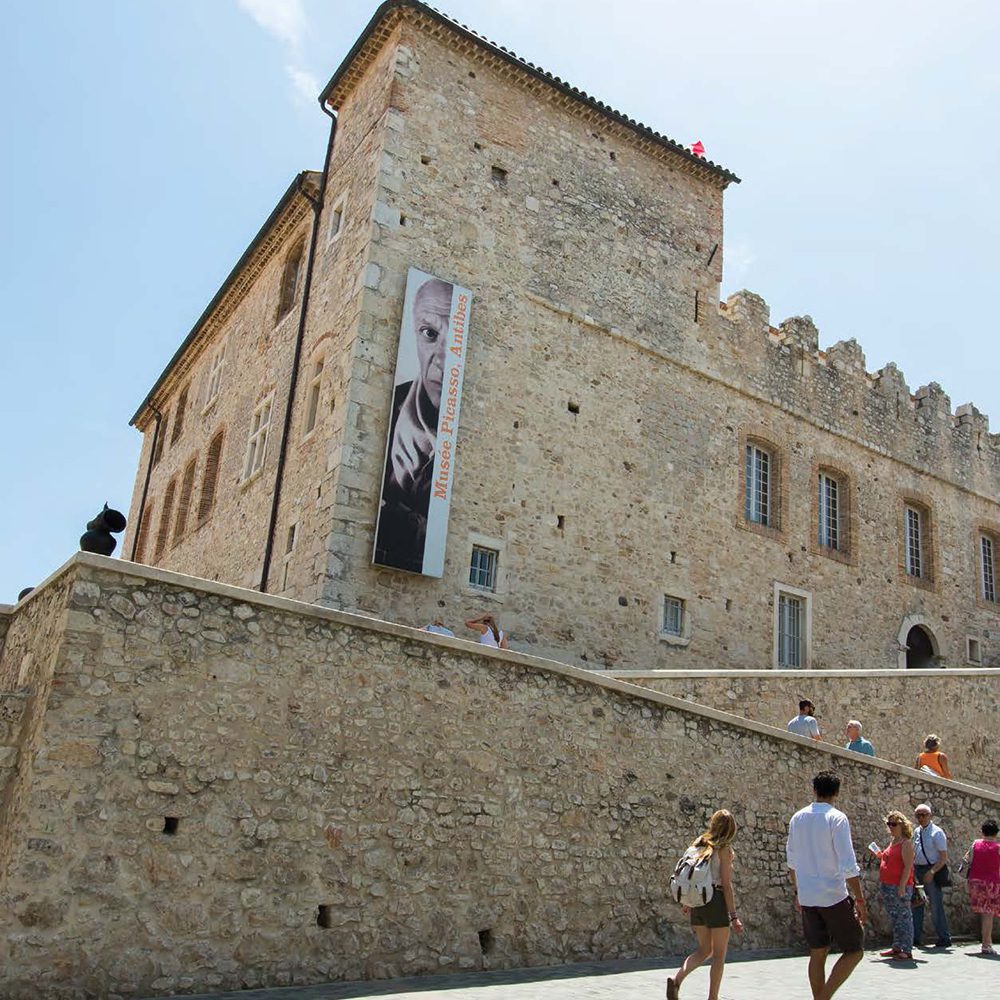
The smartest set stay at nearby Hotel du Cap Eden-Roc, styled by Fitzgerald in Tender is the Night as the enigmatic Hôtel des Étrangers. Arguably the grande dame of French hotels, Eden-Roc enjoys unsurpassable views and an atmosphere of refined elegance. The pool terrace, carved out of the cliff (and much-photographed by society photographer Slim Aarons in the 1970s), is THE place to be seen by day, with ladders descending into the ocean offering a thrilling post-lunch dip.
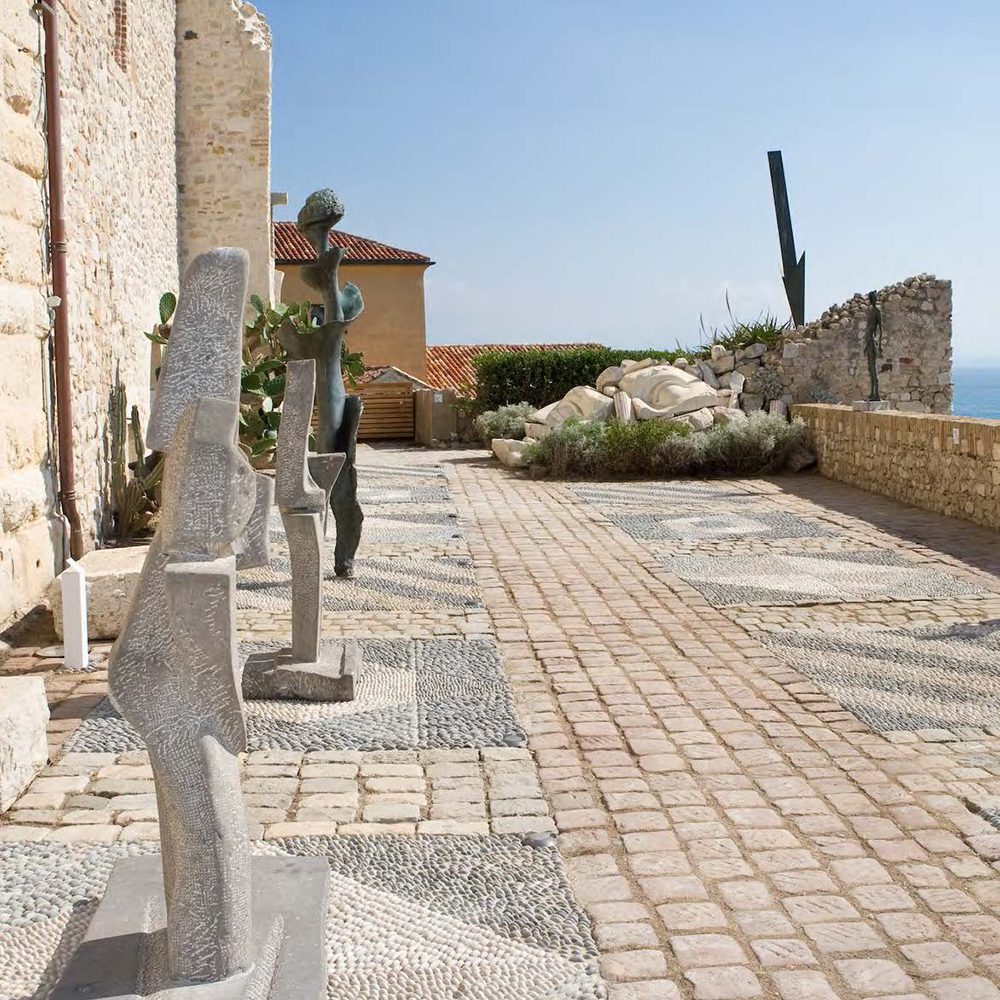
A little further around the headland is the Hotel Belles Rives, a creamy stucco confection that was home to the Fitzgeralds in the early 1920s. Then known as Villa St Louis, the author wrote that, “With our being back in a nice villa on my beloved Riviera (between Nice and Cannes) I’m happier than I’ve been for years. It’s one of those strange, precious and all too transitory moments when everything in one’s life seems to be going well.” Today’s visitor will find himself happy too, particularly when perched on the hotels’ charming waterside deck, enjoying the steady lap of an impossibly blue sea.
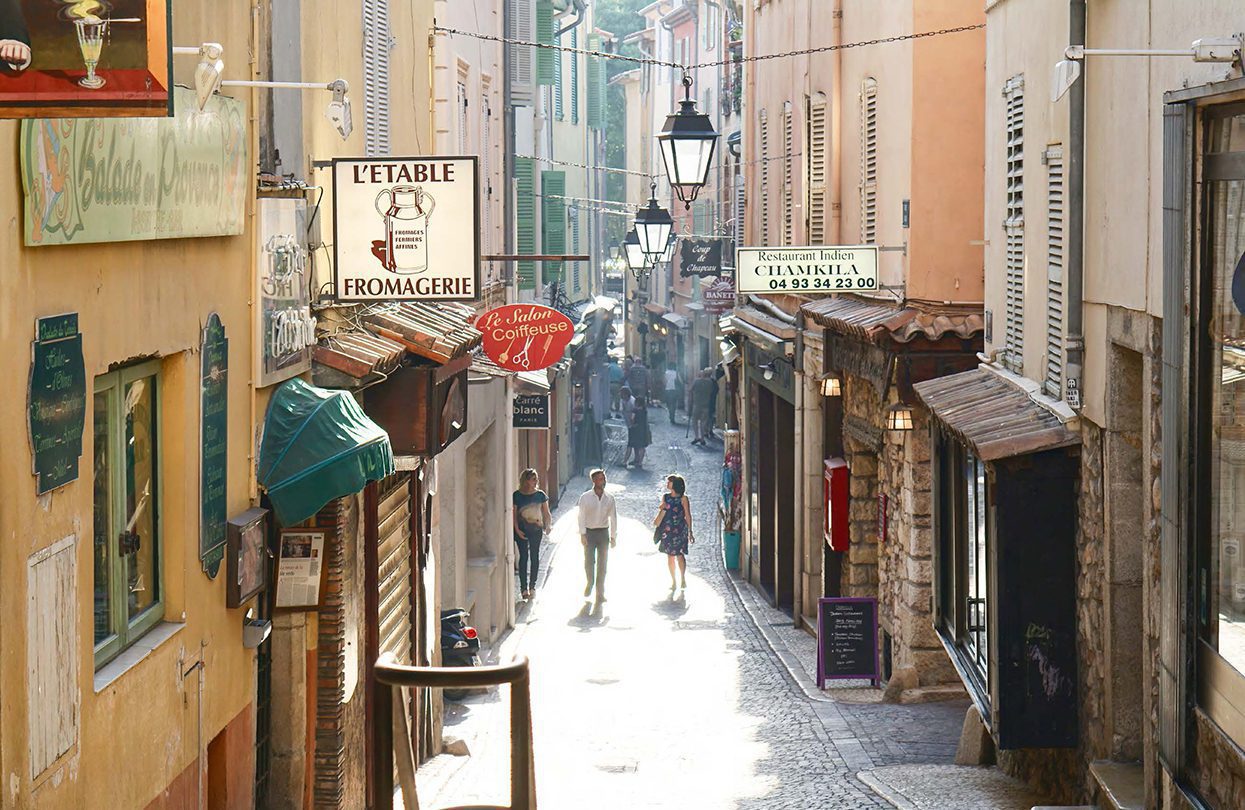
Back in the charmant town of Antibes, a wealth of cultural diversions awaits the curious traveller. Begin at the Musée Picasso, formerly the Château Grimaldi, a sand-hued fortress in which Picasso housed his studio in 1946. Upon leaving, he bequeathed 44 drawings and 23 paintings to the city, most of which can be seen here today. There is also a fine selection of his ceramics. The museum is open Tuesday-Friday and has an excellent gift shop. A narrow ramp leads from the museum to the beating heart of the town, the clamourous, colourful, Marche Provencal. This covered food market is one of France’s loveliest, a daily delight of local vendors selling cheese, olives, herbs, fruits and charcuterie. There are excellent local olive oils and lovely homewares including hand woven baskets and antique linens. The outer edge of the market is lined with pavement cafes, where locals and tourist alike sip ice-cold rosé and enjoy prix-fixe menus.
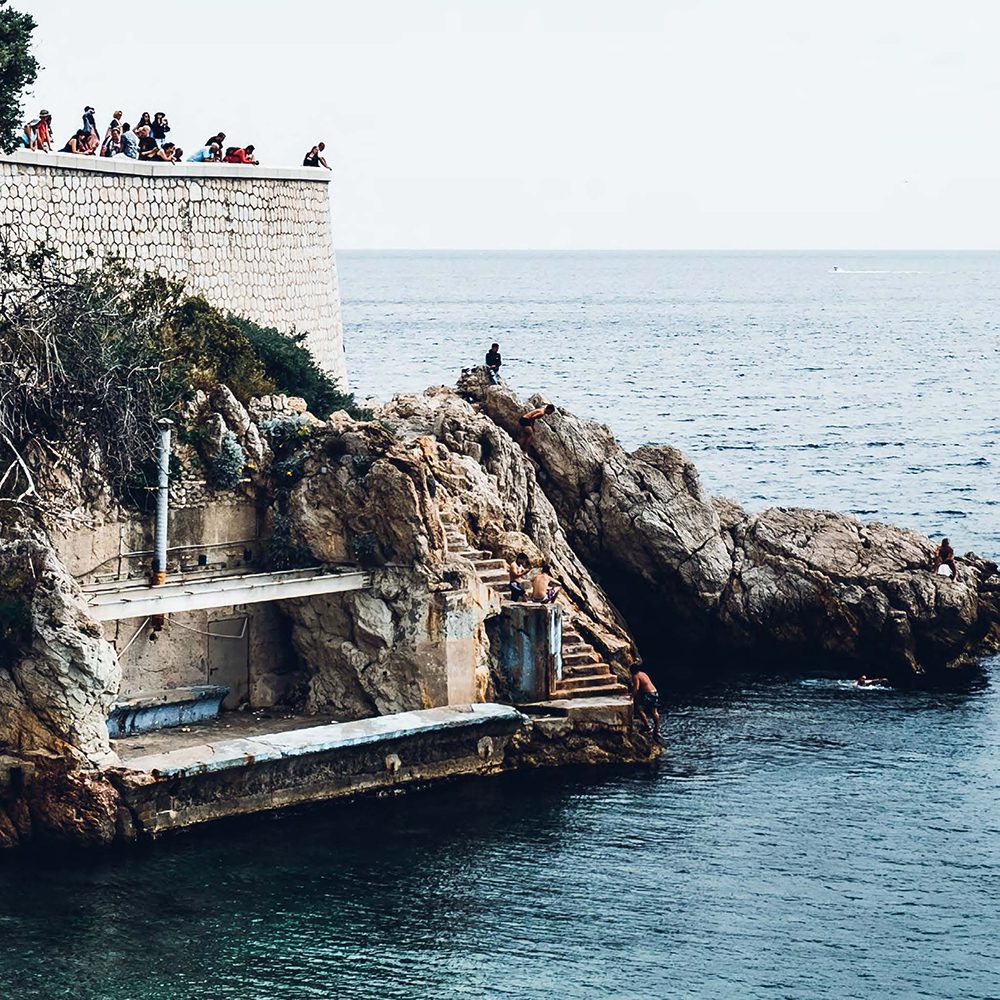
The Fitzgeralds were fond of a day trip, and to nowhere more so than Saint-Paul-de-Vence, the mediaeval hilltop village whose extraordinary quality of light attracted painters from afar. In Scott’s day they congregated on the open-air terrace of the Colombe d’Or, a hotel and restaurant synonymous with the good times and high jinks of the era. It was here that Zelda threw herself down the stairs in an envious rage after Scott had flirted with the dancer Isadora Duncan. Still very much the place to go, today’s visitors flock to see the hotel’s priceless art, much of it gifted by penniless artists in lieu of payment. The resulting collection includes a Leger mural on the terrace, a Braque dove by the pool and a Picasso and a Matisse in the dining room.
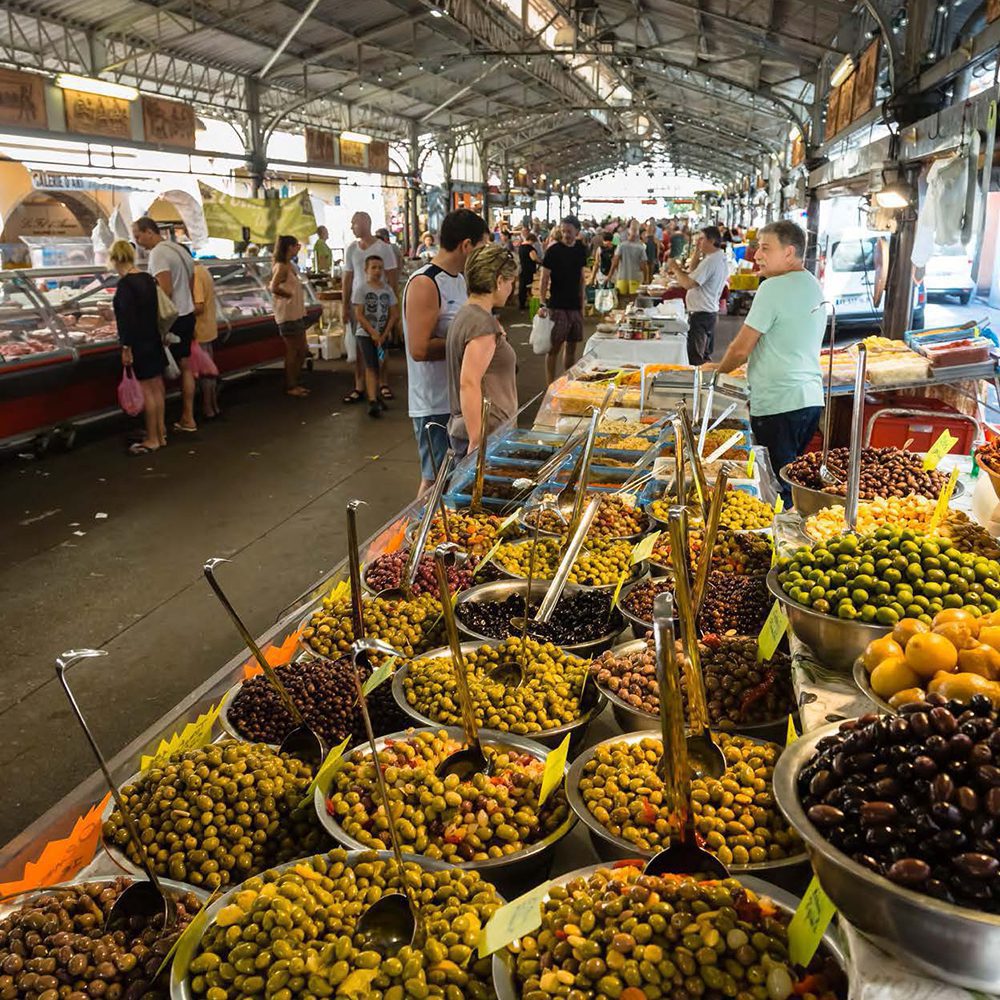
For further evidence of the village’s artistic importance, head to the immaculate Fondation Maeght, whose permanent collection houses work by Saint-Paul residents Joan Miró, Marc Chagall, Alberto Giacometti, Georges Braque and Alexander Calder.
Back on the coast, echoes of the Jazz Age set are scattered north to south. Scott famously adored Monte Carlo, particularly its casino, writing that “Once in the middle twenties, I was driving along the High Corniche Road through the twilight with the whole French Riviera twinkling on the sea below. As far ahead as I could see was Monte Carlo … when life was literally a dream.” And back in Nice, the couple could often be found dining at Ruhl Plage, whose blue-striped sunbeds still attract the city’s smartest visitors. But it is here, on Cap d’Antibes, where the ghosts of the gilded age are sensed most keenly. Here among the whispering pines and the heliotrope-scented gardens, they are, as Scott predicted, “borne back ceaselessly into the past.” 
Where to stay:
Subscribe to the latest edition now by clicking here.
© This article was first published in Apr-May 2019 edition of World Travel Magazine.
If you would like to comment on this story or anything else you have seen on World Travel Magazine, head over to our Facebook page or message us on Twitter.
And if you liked this story, subscribe to our bi-monthly World Travel Magazine, a handpicked selection of editorial features and stories from Global Destinations, Inspire Me, Insider, Style File, Wellness & Travel, City Travel, Suite Life, At Leisure, Short Breaks and much more.
